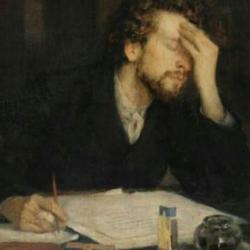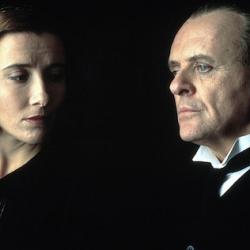Paul Cantor describes three of Shakespeare’s Roman plays as a trilogy, moving from the Republic ( Coriolanus ) to the early empire ( Julius Caesar ) to the decadence of Octavian ( Antony and Cleopatra ). Together they form “a kind of historical trilogy, dramatizing the rise and fall of the Roman Republic, in a sense the tragedy of Rome itself, in which the Republic is eventually destroyed by its very success in conquering the world.”
Shakespeare recognizes, with Montesquieu, the crucial import of the extension of Roman citizenship to peoples of Italy: “After this, Rome was no longer a city where people had but a single spirit, a single love of liberty, a single hatred of tyranny . . . . Once the peoples of Italy became its citizens, each city brought to Rome its genius, its particular interests, and its dependence on some great protector. The distracted city no longer formed a complete whole. And since citizens were such only by a kind of fiction, since they no longer had the same magistrates, the same walls, the same gods, the same temples, the same graves, they no longer saw Rome with the same eyes, no longer had the same love of country, and Roman sentiments were no more.”
Coriolanus fits into this setting: “The story of Coriolanus does take place during what amounted to the founding of the Roman Republic. Although the Republic is customarily dated from the expulsion of the Tarquin kings, its most characteristic institution was the tribunate, which gave the plebeians a share of power, and by introducing the popular element into Roman sovereignty gave the Republican regime its mixed character. Since Coriolanus begins with the creation of the tribunate, and goes on to dramatize its precarious survival through a grave constitutional crisis, the play provides a portrait of the origins of Republicanism in Rome.”
At the other end of the history is the love story of Antony and Cleopatra. Cantor writes, “The most one can say is that if Shakespeare had wanted to contrast the early days of the Republic with the early days of the Empire, he could not have chosen two better lives from Plutarch to dramatize than those of Coriolanus and Antony. Fortunately more evidence can be found in the texts of the plays that Coriolanus and Antony and Cleopatra can be profitably read as companion pieces . . . . Time and again we find images, motifs, in some cases almost whole scenes from the two plays which work together to contrast the world of one with that of the other. For introductory purposes, I want only to suggest how the individual stories of Coriolanus and Antony illuminate each other. The two heroes embody different mixtures of heroic virtues and vices, and the vices of one serve to set off the virtues of the other. Whereas Antony wavers in command and lets his greatest opportunities escape him, Coriolanus displays a singlemindedness that borders on fanaticism. By the same token, whereas Coriolanus’ arrogance eventually causes even the men for whom he has won great victories to banish him, Antony, with his generosity and human warmth, is able to win the love of even those whom he has led to defeat.”











